Burnley Gardens: Reflecting across generations
The historic Burnley Gardens are home to more than just a diversity of plants; they also host memories that span multiple generations. Situated on the land of the Wurundjeri and Boon Wurrung people, the site has seen extensive transformation since the establishment of a garden to cultivate new plants for the Victorian colonies in 1861. Now home to the University of Melbourne’s Master of Urban Horticulture and other related courses, we trace some of the garden’s more recent changes through three alumni perspectives.
Growing up on the Burnley Campus with Averil Macauley
Averil Macauley’s experience of the Burnley Gardens was very different to that of the Master of Urban Horticulture and PhD students who engage with the University of Melbourne campus for research and experimentation purposes today. For Averil, the Burnley Gardens were home for 23 years of her life.
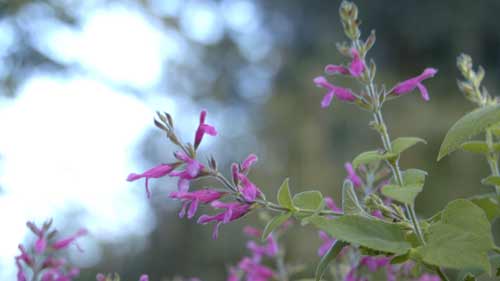 Averil was born a year after her father took over the role of Curator of the Burnley Egg Laying Competition from his own father in 1945. She describes the experience of growing up on the grounds as one of privilege, telling us about the freedom of open spaces and being told off once too often for climbing the Gardens’ colossal verdure under the discreet supervision of campus staff.
Averil was born a year after her father took over the role of Curator of the Burnley Egg Laying Competition from his own father in 1945. She describes the experience of growing up on the grounds as one of privilege, telling us about the freedom of open spaces and being told off once too often for climbing the Gardens’ colossal verdure under the discreet supervision of campus staff.
“Having such a large and beautiful playground allowed us the freedom to roam and take risks. Beautiful gardens, trees to climb, lawns to run barefoot over,” Averil shares. “All our lives as children growing up with such freedom… we were truly blessed to live in such an environment.”
Growing up in the beautiful gardens, however, wasn’t all play and no work.
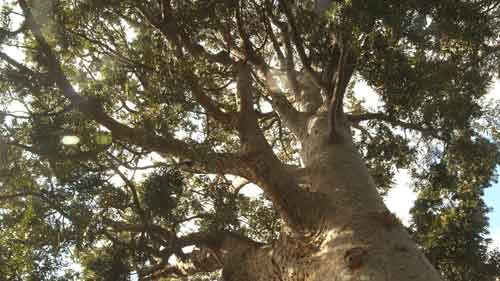 “We became conscious of the seasons and looked forward to various fruit and vegetables coming into season,” Averil recalls. “We enjoyed the public displays, fruit tree- and rose-pruning days, and we also helped at the produce stores, and so learned a bit regarding helping and directing the public.”
“We became conscious of the seasons and looked forward to various fruit and vegetables coming into season,” Averil recalls. “We enjoyed the public displays, fruit tree- and rose-pruning days, and we also helped at the produce stores, and so learned a bit regarding helping and directing the public.”
Needless to say, growing up on the campus sparked a lifelong love of horticulture, with Averil going on to join the Agricultural Department as a Laboratory Technician in the Seed Testing Station.
Burnley in the 50s and 60s with Helen Page
A path into agriculture wasn’t quite so prescribed for Burnley alum Helen Page.
Initially, horticulture presented as an opportunity for Helen to avoid going into teaching, nursing, or an office job after high school. Once she visited the Burnley Gardens campus, however, Helen knew it was a good fit.
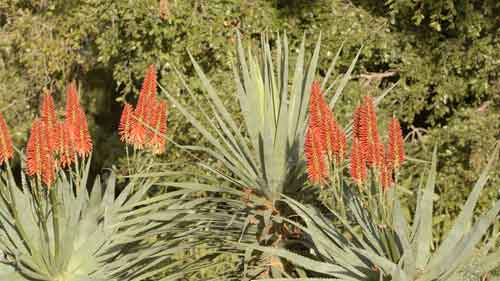 “That was where I wanted to be,” Helen shares.
“That was where I wanted to be,” Helen shares.
While at times Helen met with resistance from what was at the time still a male-dominated industry, the hands-on nature of horticulture made it a career path well-suited to her.
In 1958, when Helen first came to the University, the Burnley campus was full of sprawling gardens, an orchard, large greenhouses, and – yes – was still the home of the Macauley family, who Helen remembers growing up in the grounds of the Gardens.
Just like Averil, Helen has wonderful memories of the campus and thinks back on her time studying horticulture fondly.
“We did a lot of practical work,” she states. “We had lectures one day, then were outside the next in one of two ornamental areas – a propagating and fruit area, and a vegetable area.”
“Each section was headed up by a man we worked with, and they were our mentors and worked on maintaining all of that. We did everything we needed to do there – propagating, pruning, spraying,” Helen describes. “I loved it – it was a very special place to study for three years.”
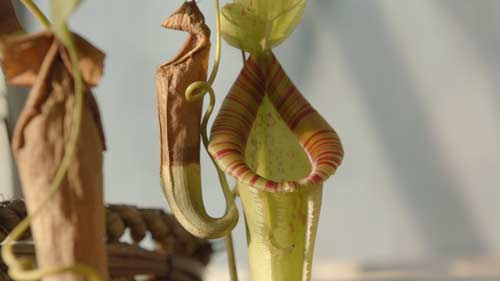 Later, in 1980, Helen joined the Garden History Society in Melbourne, and has been involved ever since. Helen’s goal is to promote horticulture, which she hopes will encourage people to understand the importance of the discipline.
Later, in 1980, Helen joined the Garden History Society in Melbourne, and has been involved ever since. Helen’s goal is to promote horticulture, which she hopes will encourage people to understand the importance of the discipline.
“Plants and our environment are so delicate, and we need more than just power tools to look after them,” Helen emphasises. “Horticulture can be – and should be – a very scientific subject, and more and more, we need to engage with it.”
The gardens today with Hui-Anne Tan
Now home to the University of Melbourne’s Master of Urban Horticulture, it has been many years since the gardens housed any families. But when Hui-Anne Tan started the program in 2017, the sense of horticultural tradition at the campus still stood out.
Having initially stumbled across the Master of Urban Horticulture degree when searching for “what-to-do-next” following her Bachelor of Science in Ecology and Evolutionary Biology at the University of Melbourne, Hui-Anne describes how lucky she felt to be studying on such a beautiful campus when she saw the gardens for the first time.
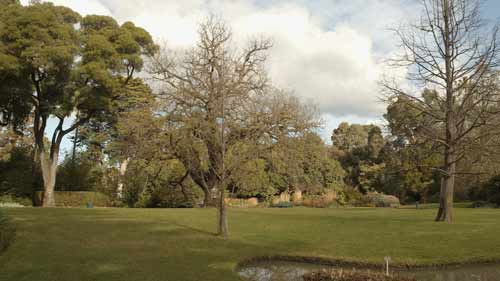 “I definitely got a sense of Burnley’s long and well-established history as a leading hub for research and teaching in urban horticulture,” Hui-Anne shares. “In addition to being surrounded by highly-skilled and passionate lecturers and researchers, the campus is a showcase of urban horticulture.
“I definitely got a sense of Burnley’s long and well-established history as a leading hub for research and teaching in urban horticulture,” Hui-Anne shares. “In addition to being surrounded by highly-skilled and passionate lecturers and researchers, the campus is a showcase of urban horticulture.
“Amongst the heritage-listed Burnley gardens, you can see the evolving new green infrastructure technologies and innovations being incorporated onto the campus such as green roofs and raingardens. These were often incorporated as part of teaching as well.”
The community of like-minded people that a campus like Burnley attracts was also a standout for Hui-Anne.
“The lecturers and researchers are really committed to your learning and want you to gain the most out of your studies. They are there to support you along the journey,” she says. “I also really value the role my peers have had in shaping my Burnley experience. It is always more fun learning about plant biology and soil with friends than just by yourself!
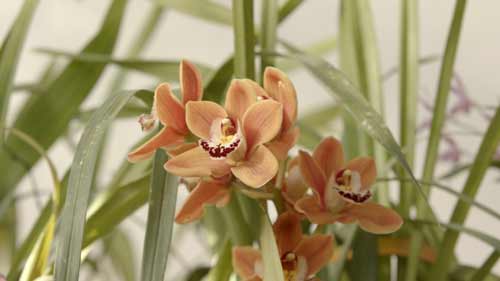 “The course brought together a diverse array of people, from different cultures and backgrounds, many of whom I am still in touch with today. I am truly grateful for the life-long friendships that I’ve made.”
“The course brought together a diverse array of people, from different cultures and backgrounds, many of whom I am still in touch with today. I am truly grateful for the life-long friendships that I’ve made.”
Hui-Anne has gone on to work as a project officer in the Urban Forest and Ecology team at the City of Melbourne.
“I am passionate about creating greener cities where nature co-exists. I have a particular interest in designing and managing green infrastructure for ecological outcomes,” Hui-Anne tells us.
To explore more of the Burnley Gardens today, check out Burnley Gardens: Your Hidden Resource, a webinar filmed on-site with campus staff and alumni earlier this year.